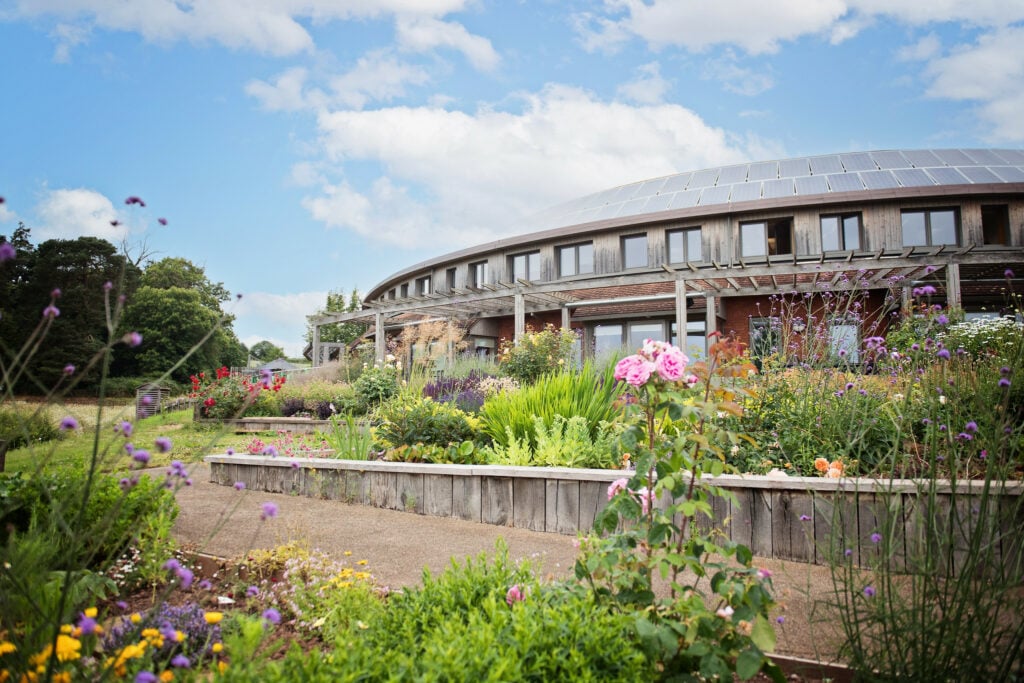It started with the vision of two incredible men.
Dr Richard Miller and Dr Jeff Kramer.
1976
The idea of a hospice for Herefordshire started in 1976 when Dr Richard Miller visited St Barnabas Hospice in Worthing.
Dr Miller said, “Back then, people were mostly looked after in hospital or at home. There was little understanding of symptom control. People often died in pain, screened off in the corner. I, along with other healthcare professionals, found this very difficult to deal with.”
It wasn’t long before Dr Miller joined forces with like-minded people and set about raising £700,000 to build a hospice for the Herefordshire community. One of those pioneers and co-founders was Dr Jeffrey Kramer. He recalled, “I remember all of us thinking challenges like this are done on faith. It was a pure belief in the project being the right thing to do that gave us the will to go on.”
“Freda Pearce led the team of fundraisers. She had the cheek of the devil and was a very powerful person. She believed nothing was impossible.”
The Freda Pearce League of Friends is established
1979
In July 1979 Dr Miller heard of a lady named Freda Pearce. He attended a meeting where he learned that she was planning to raise money for a hospice in Herefordshire! She had just completed an appeal for a body scanner for the oncology unit at Cheltenham General Hospital where she had been successfully treated for cancer. That appeal was so successful that it raised the £90,000 needed to buy the scanner outright.
Arriving on Freda’s doorstep the following morning, Dr Miller introduced himself and announced that they shared a common ambition. The effect was electric and in no time at all Freda was planning a fundraising campaign.
Using Freda’s existing group as a base, a number of potentially interested people were approached and a fundraising and planning committee was formed. The committee was named the Freda Pearce Foundation for Continuing Cancer Care and the appeal was launched a few weeks later at a meeting at Richard’s home.
Unsurprisingly they were somewhat daunted by the enormity of the task but were greatly encouraged by the overwhelmingly positive interest and enthusiasm locally. A founder member of the committee, Rev’d John Hall-Matthews, also assured them that with faith and determination, anything was possible.
In 1980, Dr Miller approached Tricia Hales, Chairperson of the Herefordshire Amateur Rafters, to help raise funds to pay for a ward for the proposed new hospice. The group came aboard and raised just over £10,000 that year and £15,000 the next.
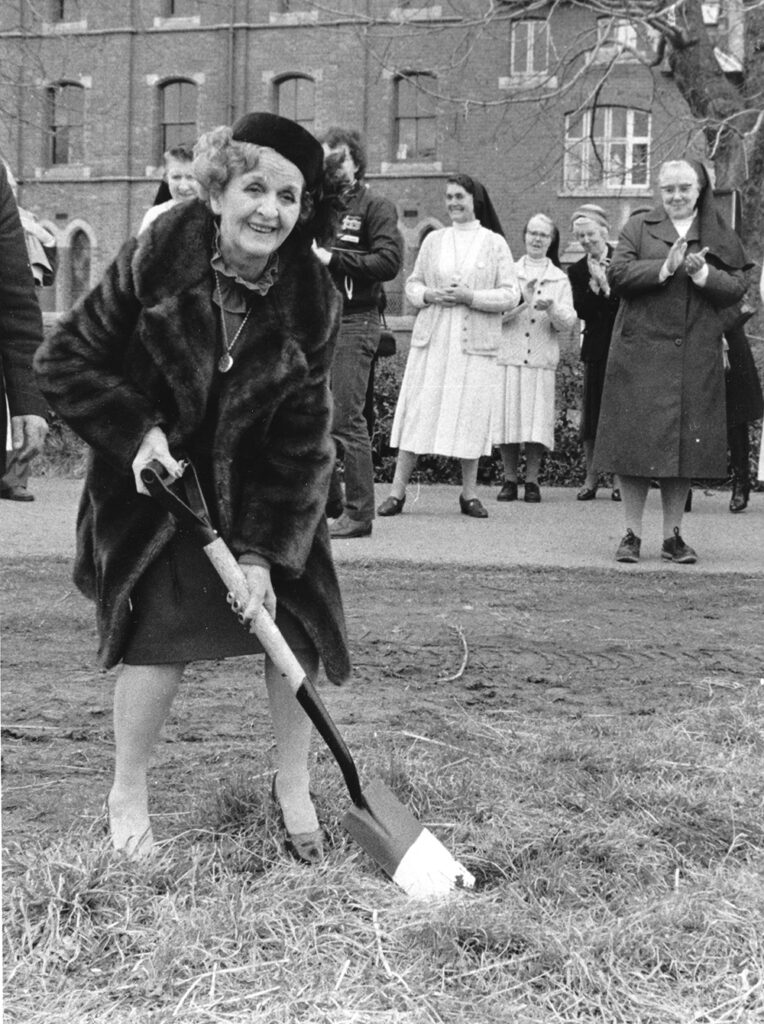
The Eric Baylis Nurses Fund is set up
1985
The fundraising effort garnered a lot of local support and in 1985, Eric Baylis, Dorothy Stainton, Arthur and Freda Woodward, and Betty and Jack Swaithes held a whist drive to help raise funds. That year, they raised £4,260.
A short while afterwards, they saw an article in the Hereford Times reporting that the Hospice was having problems financing nurses. And once again, the friends showed their support with a standing order giving £300 a month towards funding a Hospice nurse.
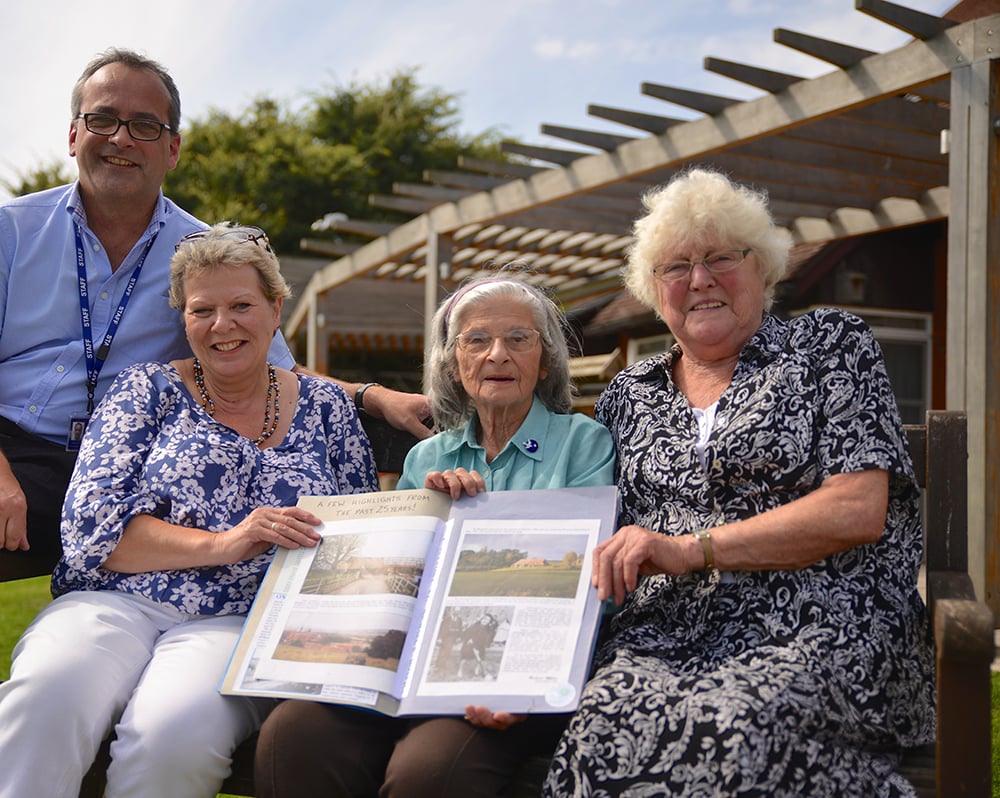
St Michael's opens its doors
“Through sheer dedication and love for our fellow men and women, we built the Hospice.” Dr Jeffrey Kramer.
St Michael’s admitted its first patient on 31st October 1984 and was officially opened by Princess Alexandra in May 1985.
Dr Miller reflected on the journey, “Although only five years elapsed between meeting Freda and the Hospice opening, it was far from plain sailing. Apart from the daunting task of raising the money to build and run the Hospice, we initially encountered considerable opposition from several influential people. A nationally known, highly respected hospice movement member tried very hard to persuade us to start with just a home care facility. I’m convinced that, had we done this, Herefordshire would still be waiting for its hospice to be built. Our determination to have an inpatient unit never wavered.
“Sadly, the seemingly indomitable Freda did not live to see the Hospice built. She died in the summer of 1983, yet had still been enlisting the support of her fellow patients in hospital a few days before. Special permission was given for her to be buried near the Hospice, in the grounds of the convent.”
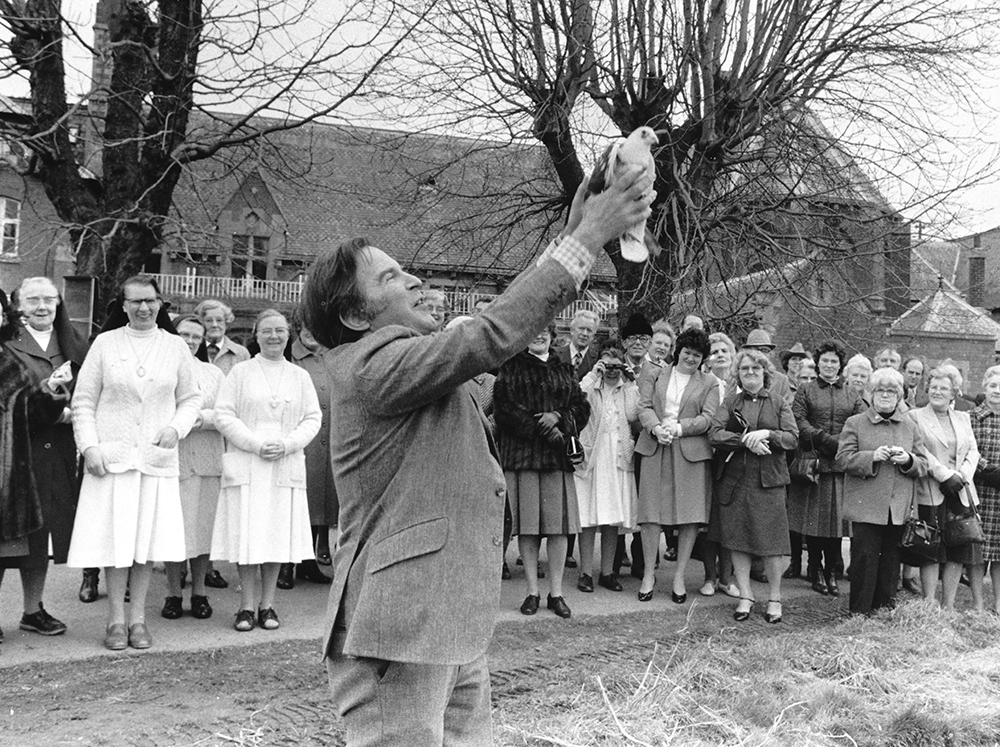
The Sunflower Appeal looks to grow the day hospice
1990-1997
St Michael’s ran a day hospice in a room on the ground floor for the first ten years. But in the mid-1990s, it became apparent that bigger and better facilities were needed.
In 1996, John Caiger of the then Development Trust asked Elizabeth Drew if she would chair an appeal to raise funds to build the new day hospice.
In less than 18 months, Elizabeth, together with James Greenfield, the Appeal Co-ordinator, Lady Dunne, the Appeal’s President, Sally Clive, the Appeal’s Vice President, and a dedicated committee of 12, raised £600,000 and saw the project completed.
The day hospice welcomes more patients
A purpose-built, three-storey day hospice, including a suite of rooms for offices and meetings, was built onto the existing Hospice building. Dr Miller cut the first sod in August 1996, and the day hospice was completed and in use by June 1997. On 29th July 1997, it was officially opened by Princess Alexandra.
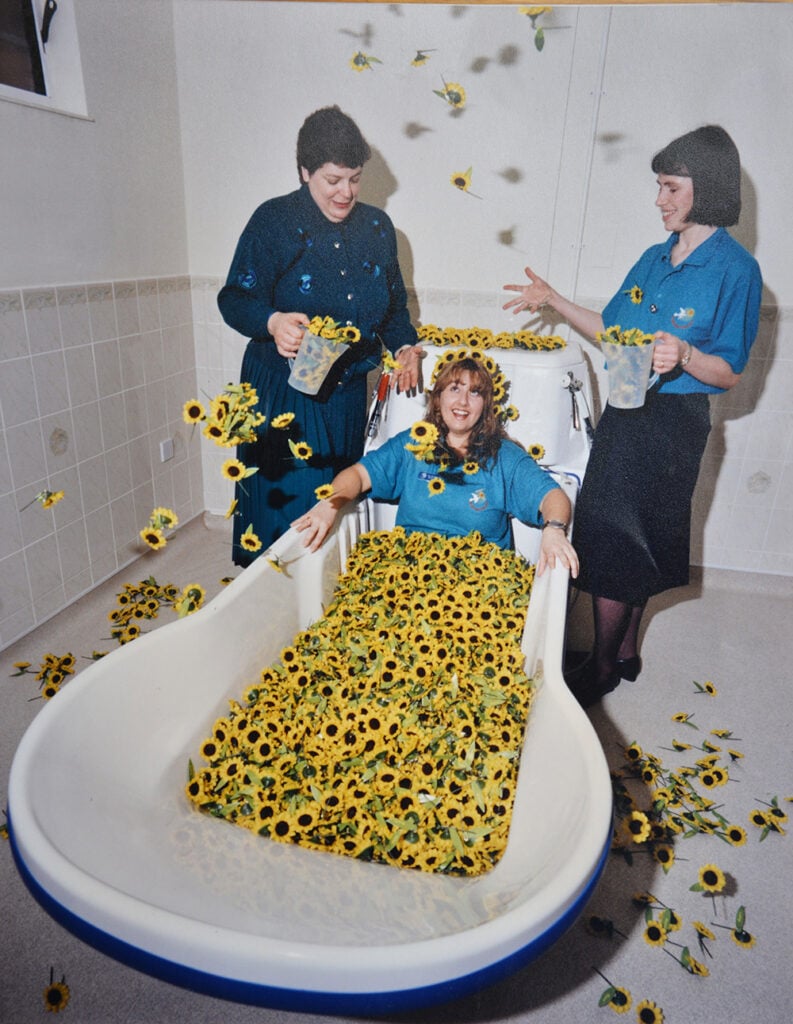
The League of Friends, Nurse’s Fund and Sunflower Appeal sowed the seeds for the St Michael’s we know and love today. We’ve seen many developments over the years, but one thing remains, and Dr Kramer sums it up perfectly, “I quite honestly believe you can still feel the love when you walk in. There’s something very special about our building.”
